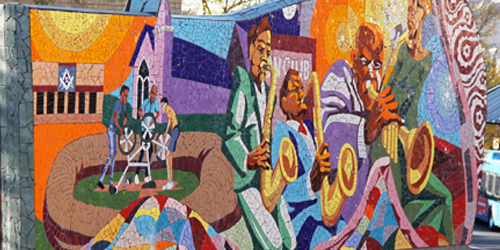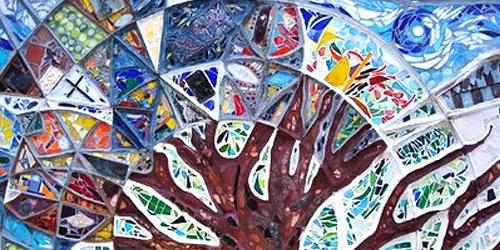Since the founding of Austin, African Americans have been present in varying numbers in neighborhoods across the city. And history confirms that Blacks founded some of Austin’s earliest settlements. These first communities might have been somewhat self-segregating, but under Jim Crow—and later, the 1928 City Plan—legal, social and political pressures limited African American’s movement within the City of Austin.
As years pass, traditional neighborhood boundaries ebb and flow as shifts in population patterns, new development, and changing community priorities dictate. However, for Central East Austin neighborhoods, the 1928 Plan (which designated East Austin an official “Negro District) facilitated years of officially sanctioned racial discrimination in housing, city services, education, law enforcement and the like. Conversely, this forced segregation also provided favorable cultural conditions for internally strong neighborhoods to emerge and coalesce over the years.
The East End District, as a whole, embodies the African American cultural and historic legacy of these communities, neighborhoods, and institutions. The individual, local neighborhoods within greater East Austin all have their own histories, which in turn are crucial and distinct chapters in the story of Black East Austin and the East End District.
Location
Recreation Center1182 North Pleasent Valley North Pleasent
Austin,
TX,
78702
Location
Chestnut Park2207 East 16th Street
Austin,
TX,
78702
DiverseArts Recommends....

Date:
Thu, 2014-05-22 18:30 - 20:00
Since the founding of Austin, African Americans have been present in varying numbers in neighborhoods across the city. And history confirms that Blacks founded some of Austin’s earliest settlements. These first communities might have been somewhat self-segregating, but under Jim Crow—and later, the 1928 City Plan—legal, social and political pressures limited African American’s movement within the City of Austin.
History... Swede Hill neighborhood is a residential area of downtown Austin, Texas, that was once a former Swedish enclave. Development of this area began in the 1870s when a large number of Swedish immigrants erected homes near their downtown businesses. The first to build his home there was S. A. Lundell; soon thereafter Carl John Swahn built his house there, and many others followed.
Location
Swede Hill Park907 E 14TH
Austin,
TX,
78702
Location
Alamo Park and Recreation Center2100 Alamo Street
Austin,
TX,
78722
During the early years of the 20th Century, African Americans occupied settlements in various parts of the city of Austin. By and large, these residential communities had churches at their core. Some had Black-run businesses and schools for African American youth. Though surrounded by Anglo neighborhoods, these island enclaves functioned as fairly autonomous residential neighborhoods often organized around family ties, common religious practices, and connection to pre-emancipation slave-status relationships with common slave holders/land owners.
The Blackland neighborhood is located on the East side of Austin, North of Martin Luther King, Jr.






Social Media